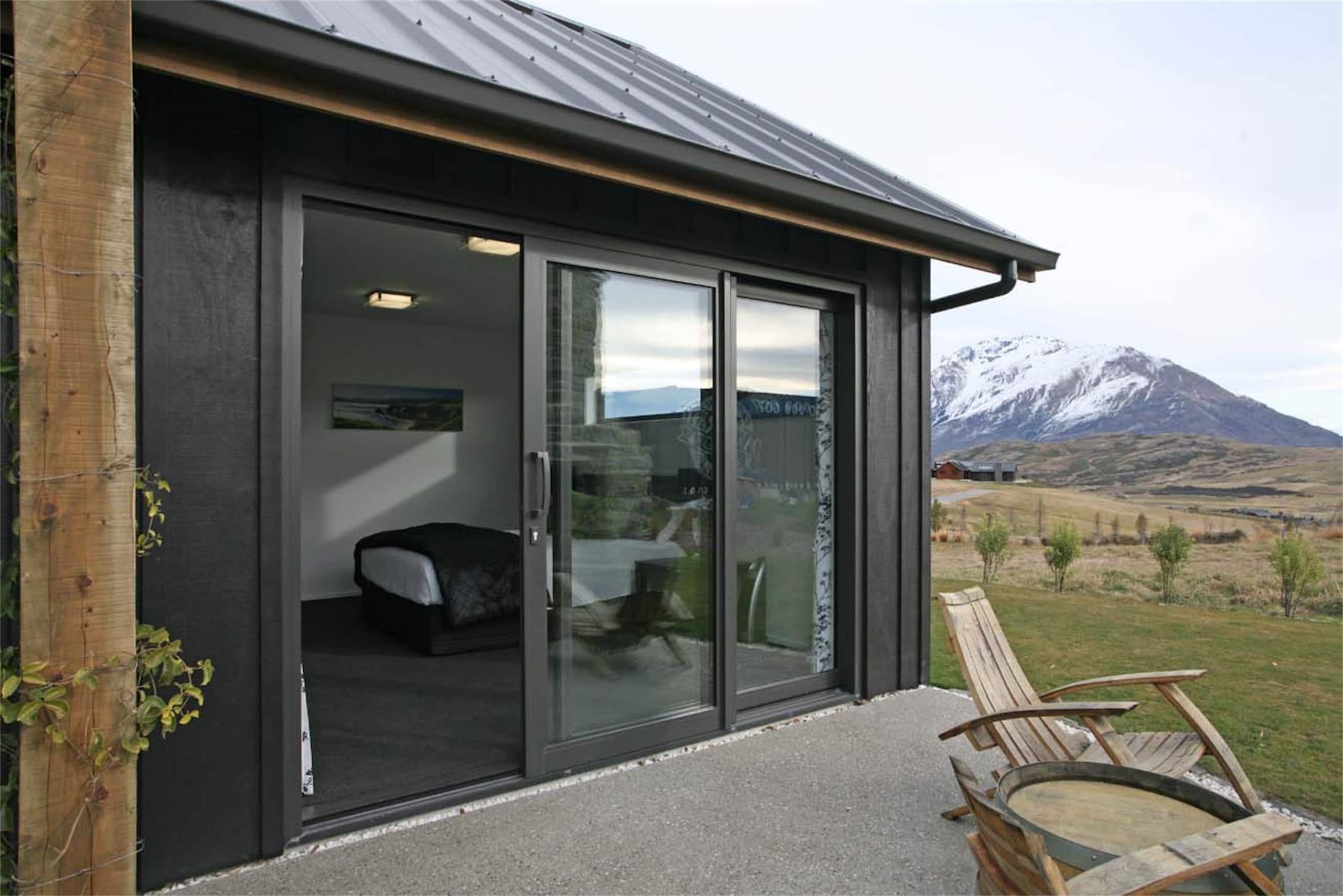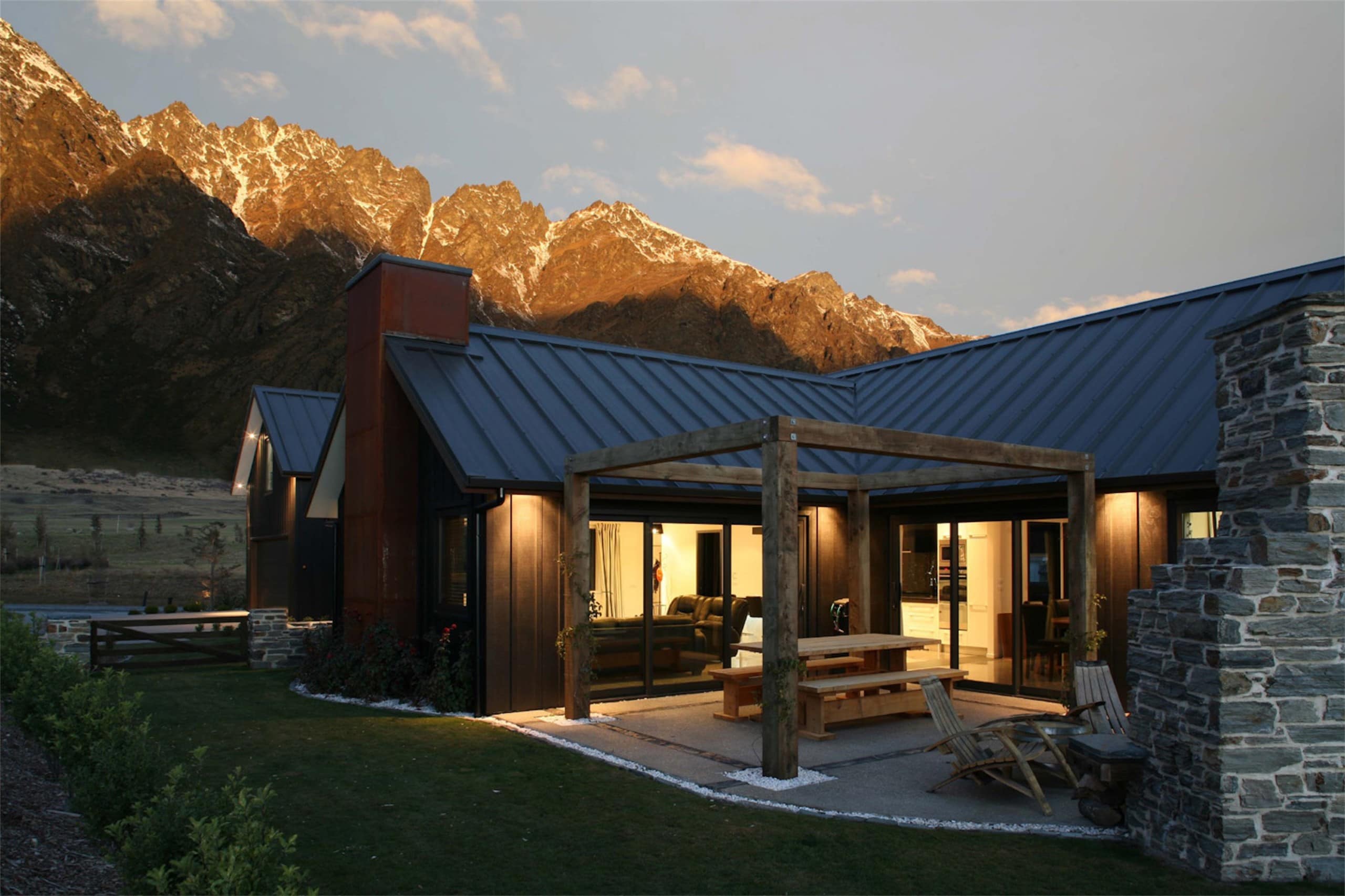Condensation
Over the cooler months condensation on windows becomes a familiar sight to many New Zealanders
Given the right conditions condensation will form on any surface but is often most visible on the glass of the windows throughout the home. Some new homes are very well sealed and insulated and do not breathe as well as older homes, making them more prone to condensation.
What Causes Condensation?
While windows may seem like the cause of condensation as this is where the moisture gathers, this is not the case; windows do not cause condensation. Windows act as an early warning system, identifying that there is excessive moisture inside the home. Condensation is caused by regular daily activities within the home such as cooking, showering and washing clothes. These activities release moisture into the air in the home.
Sources of Moisture in the Home:
- Breathing & perspiration creates 3 litre of moisture per day
- Cooking creates 3 litres of water per day
- Bathing creates 1.5 litres of water vapour per person
- One load of clothes in the washing machine creates half a litre
- Unvented clothes drying creates 5 litres of moisture per load

"The average four-person home in New Zealand can contribute up to 20 litres of water per day."

High condensation leads to damp & mould
When the indoor temperature cools down the air cannot hold as much water vapour as when it was warm. This results in the water vapour condensing to become a liquid. It then becomes visible on cold, hard surfaces such as glass and windows. It can also appear on mirrors, walls and ceilings, as well as penetrating carpets, curtains and any other absorbent surface making them feel cold and damp. High indoor humidity and condensation will promote mould growth on walls, ceilings and materials such as curtains and carpets. This mould growth and moisture is a major cause of deterioration in homes and buildings and can create health problems for people who live there.
How to Reduce Condensation?
Since condensation is caused by regular daily activities in the home and not the windows, installing new windows will not fix the problem. There are a variety of methods to help minimize the chance of condensation.
Ventilation
Ventilation is the number one way to help make the home drier, healthier and more comfortable by reducing moisture. Opening windows for a few minutes a day to air out the house will help reduce condensation. Ventilating the home like this allows stale, moisture-laden air to escape and fresh, dry air to enter. Some windows can be supplied incorporating passive ventilation which allows you to lock your windows while still allowing air to circulate through the home and remove moisture. It is also important to use an extractor fan when cooking, drying laundry, or showering, to ensure the water vapour from these activities can be vented outside.
Heating
In conjunction with ventilation heating is key to removing condensation from the home and making it easier to heat. The higher the temperature inside the home, the more moisture the air can hold as water vapour. When the house is warm and the water vapour content is high it is easier to remove condensation from the home through ventilation.
Double Glazed Windows
Double glazing windows and doors with low emissivity glass helps keep the surface of the inside glass warmer and so reduces the likelihood of condensation forming on windows. This does not help remove any moisture from the home, if moisture is still present in the air condensation will still form on the glass.
Thermally Efficient Window Frames
Like double glazing, thermally efficient window frames help prevent the transfer of heat energy through window frames and therefore help reduce the likelihood of condensation on windows. ThermalHeart increases thermal performance 35% better than standard double-glazed windows.
Read more information at the Window & Glass Association NZ